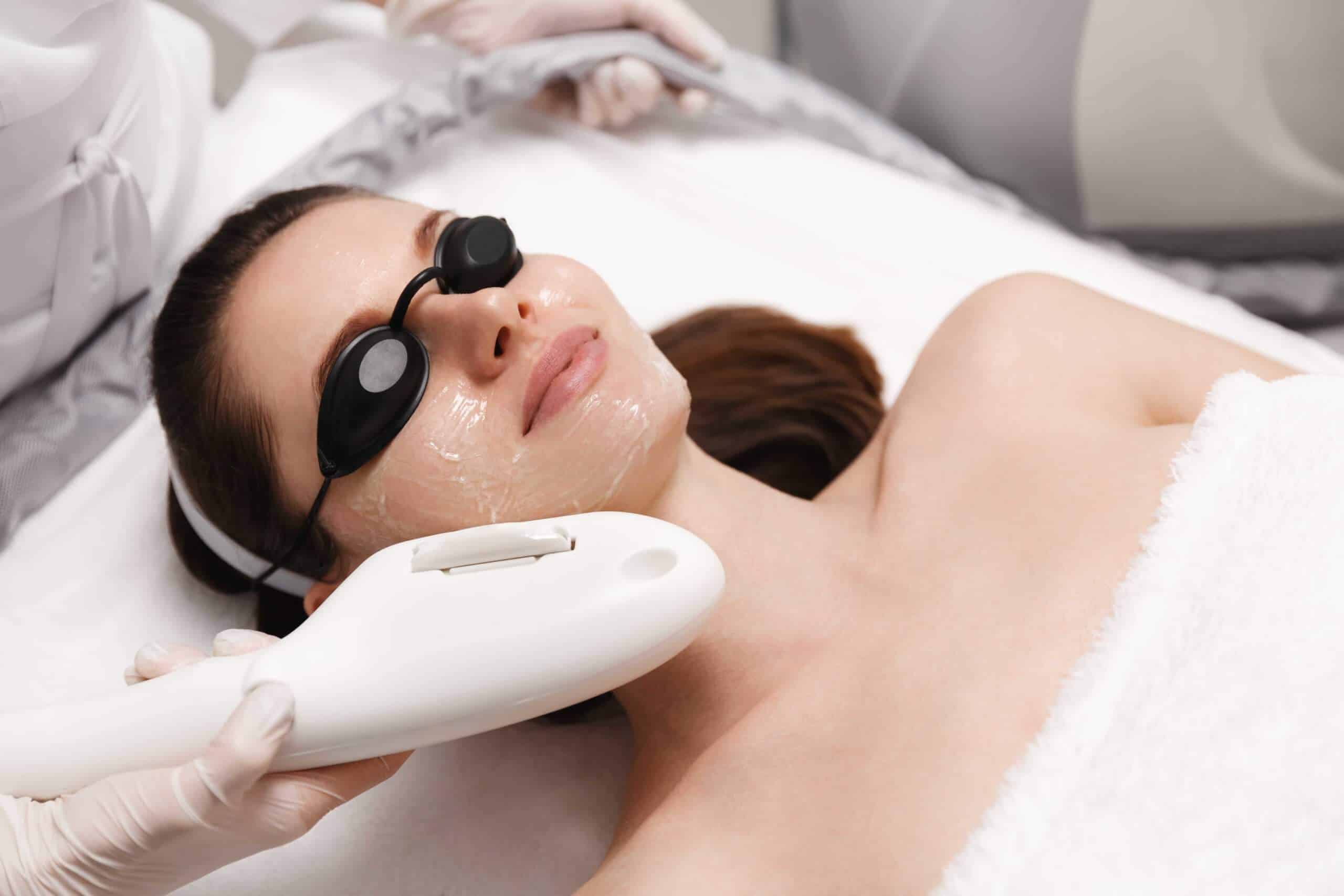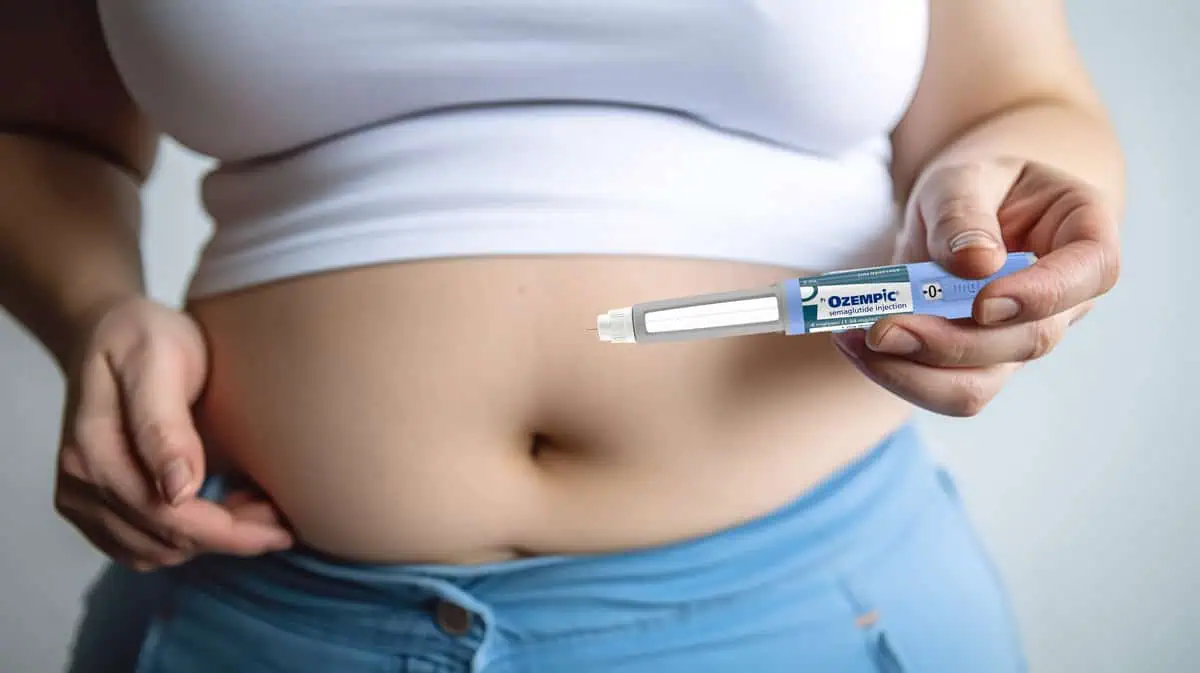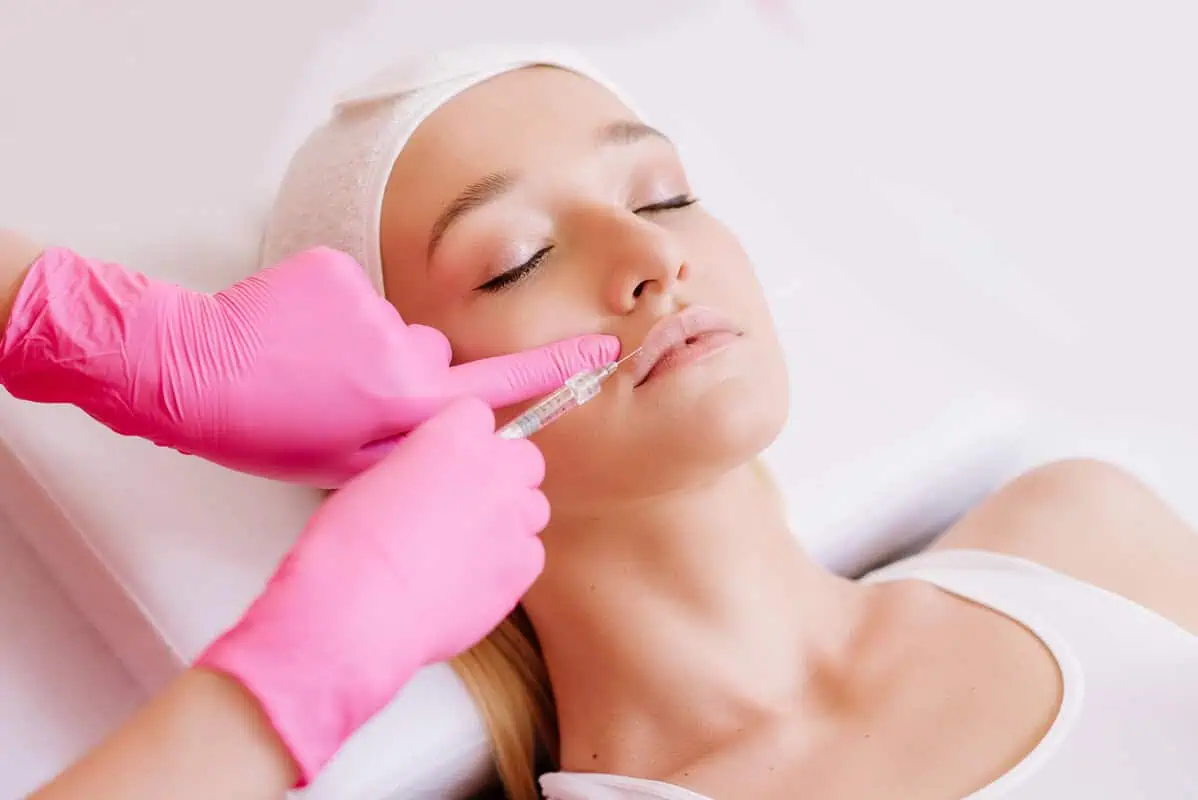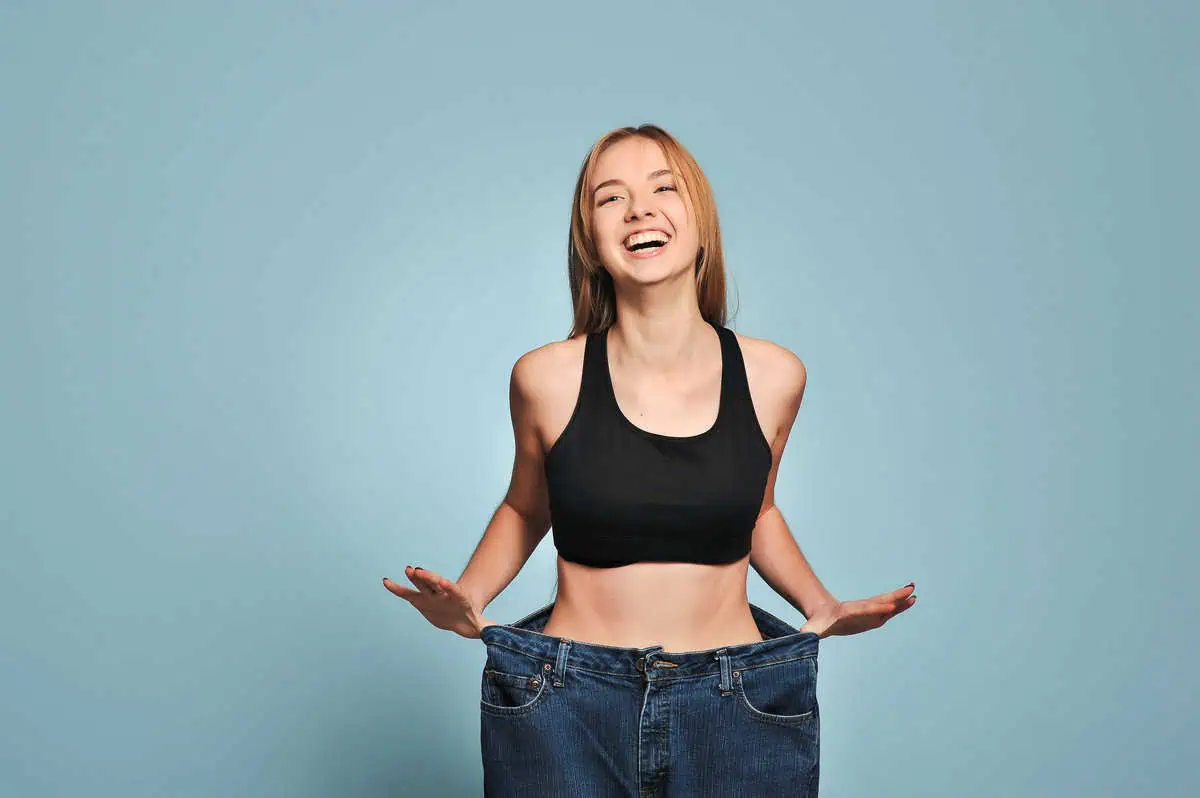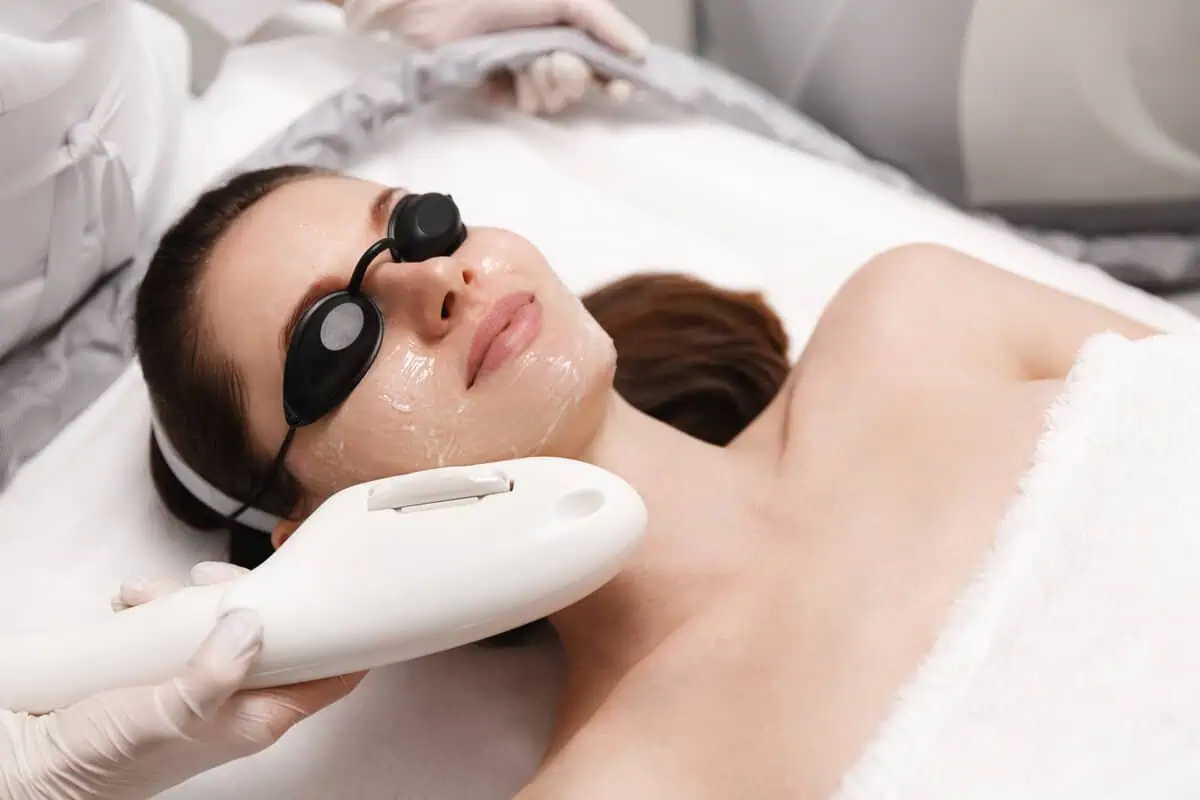Wouldn’t it be wonderful to have perfect skin for the rest of your life? If over-the-counter treatments aren’t working, professional skin resurfacing may be an option. Check on photofacials, which are treatments that go above and beyond in addressing skin issues caused by aging, an active lifestyle, and sun exposure.
If you want to look more rejuvenated or youthful but don’t want to go through the inconvenience, risks, or increased cost of cosmetic surgery, non-surgical treatments like photofacials may be a good option. Let’s find out what it can do!
Photofacial Defined
Photofacial, also known as photorejuvenation, is a noninvasive cosmetic procedure that stimulates the body to generate more collagen. This process slows down with aging and prolonged sun exposure.
By targeting the deep tissues underneath the skin, this therapy can eliminate wrinkles, stretch marks, age spots, sunspots, broken capillaries, and acne scars – all of which can detract from a person’s true beauty.
The Pros of Photofacial
A photofacial is an excellent way to repair sun-damaged skin. It uses intense pulsed light to remove discolored cells, stimulating the production of new collagen. This new collagen gives the skin more elasticity, which can help reduce wrinkles, fine lines, and drooping.
Photofacials can help reduce acne breakouts. Photofacial can aid in treating acne and its long-term consequences, such as scarring. Repeated photofacials promote the skin’s outer layer to regenerate, which can eventually minimize scar tissue.
Photofacial is an excellent way to get rid of visible veins and capillaries. Photofacial treatment removes broken capillaries and spider veins, resulting in a more even, youthful complexion. This procedure is particularly suitable for treating disorders like rosacea, which produces pervasive redness.
Photofacials regularly can help prevent premature skin aging. Photofacial is unique in its capacity to alter the structure of skin cells, causing them to act more like youthful cells. Stanford University conducted a 10-year study that revealed that ten years of receiving two to three photofacials annually change the genes of dermal cells. Experts believe that powerful pulsed light can avoid many visible indications of aging.
Photorejuvenation/photofacial can be performed on several parts of the body. The photofacial may be performed to rejuvenate, including the neck, chest, and shoulders, in addition to the face, hands, arms, and legs.
Photofacial treatments provide deeper rejuvenation while requiring less downtime. The treatment is strong enough to penetrate the deeper layers of the skin while being soft enough not to create significant inflammation, redness, or long-term discomfort. Most photofacial patients can apply makeup immediately after treatment and return to work within 24 to 48 hours. Due to the sheer minimal downtime, photofacials are a more viable option than deep chemical peels, which can cause more severe redness and flaking for up to two weeks.
The photofacial procedure is quick and easy. The photofacial treatment typically takes less than 30 minutes to finish, so you may easily plan it around other obligations. Most patients benefit from three to six of these brief sessions, separated by one month.
The Cons of Photofacial
Although photofacial may target melanin, which is beneficial for many applications, it might be difficult for tanned people or dark skin. Light treatments can produce skin lightening or hyperpigmentation when applied to darker skin. Patients with brown, dark, or melasma skin may undergo a chemical peel instead of photorejuvenation.
Patients with eczema and psoriasis should avoid powerful pulsed light therapy and instead choose non-inflammatory skin treatments such as our full facial. Pregnant women and anyone with chronic health concerns should avoid photofacial treatment.
Some individuals could experience a little burning sensation after the treatment, while others may report significant skin flaking, cracking, or irritation. These symptoms are typical and usually go away within a few days. However, you should see your doctor immediately if they don’t go away.
People may encounter bruises, mild bleeding, or scarring in certain circumstances. However, your skin can look better thanks to photofacial treatment, which doesn’t need downtime or surgery.
What Happens When Getting a PhotoFacial?
A finely calibrated light-emitting device is aimed at specific skin issues or total full-face rejuvenation during an IPL photofacial. Heat is produced when the device’s light pulses are absorbed by melanin (pigment) and red blood cells in the skin. This heat mimics a surface injury, but unlike a burn,
it does not produce long-term harm. The IPL tool stimulates the skin’s natural healing processes while causing no damage to the sensitive dermal tissue. When performed by a skilled practitioner, IPL therapy will not result in scarring, infection, or other consequences.
As your skin heals, it will lose its dull, damaged upper layer, revealing fresh, supple, bright skin beneath. This process also creates a lot of skin-firming proteins (including collagen and elastin), which helps to counteract some of the impacts of age-related collagen loss.
IPL therapy also breaks away the dark pigment inside age spots and freckles, resulting in a more even skin tone. The PhotoFacial expert can tune the IPL photofacial to react with individual skin issues by altering the wavelengths of light released during IPL therapy. IPL therapy is incredibly adaptable and easy to personalize due to its customizable nature. This method can treat a single problem or address numerous issues simultaneously.
What Can Photofacial Do to You?
Your skin can look better thanks to an IPL photofacial treatment, which doesn’t need downtime or surgery. It can help to prevent apparent indications of aging and UV damage caused by sun exposure, particularly on your face, neck, hands, and chest. Photofacial focuses on melanin pigments and damaged capillaries in the skin.
Photofacial therapy increases collagen formation, decreases melanin pigmentation, and shrinks visible blood vessels. A reduction in fine lines, wrinkles, skin redness, acne, and sun damage is to be anticipated, as well as tighter pores and skin.
Is It Worth the Money?
Most skin treatments are costly. However, IPL photofacial treatments are less expensive than laser treatments and produce long-lasting effects. As a result, they are a brilliant option for those who wish to address many indicators of photoaging and sun damage with a single non-invasive treatment. Our professionals at Joslin Medical Spa can perform photofacial treatments to significantly reduce the look of fine wrinkles, sunspots, redness, and dull skin without breaking the bank.
Conclusion
A photofacial can restore your radiance without causing substantial discomfort, downtime, or money. If you are a good candidate for this treatment, the skilled staff at Joslin Medical Spa by Thompson Plastic Surgery help you make the correct decision. You can be sure that you are in good hands with Joslin Medical Spa, as they have the experience and knowledge to perform the best procedures for their clients.

